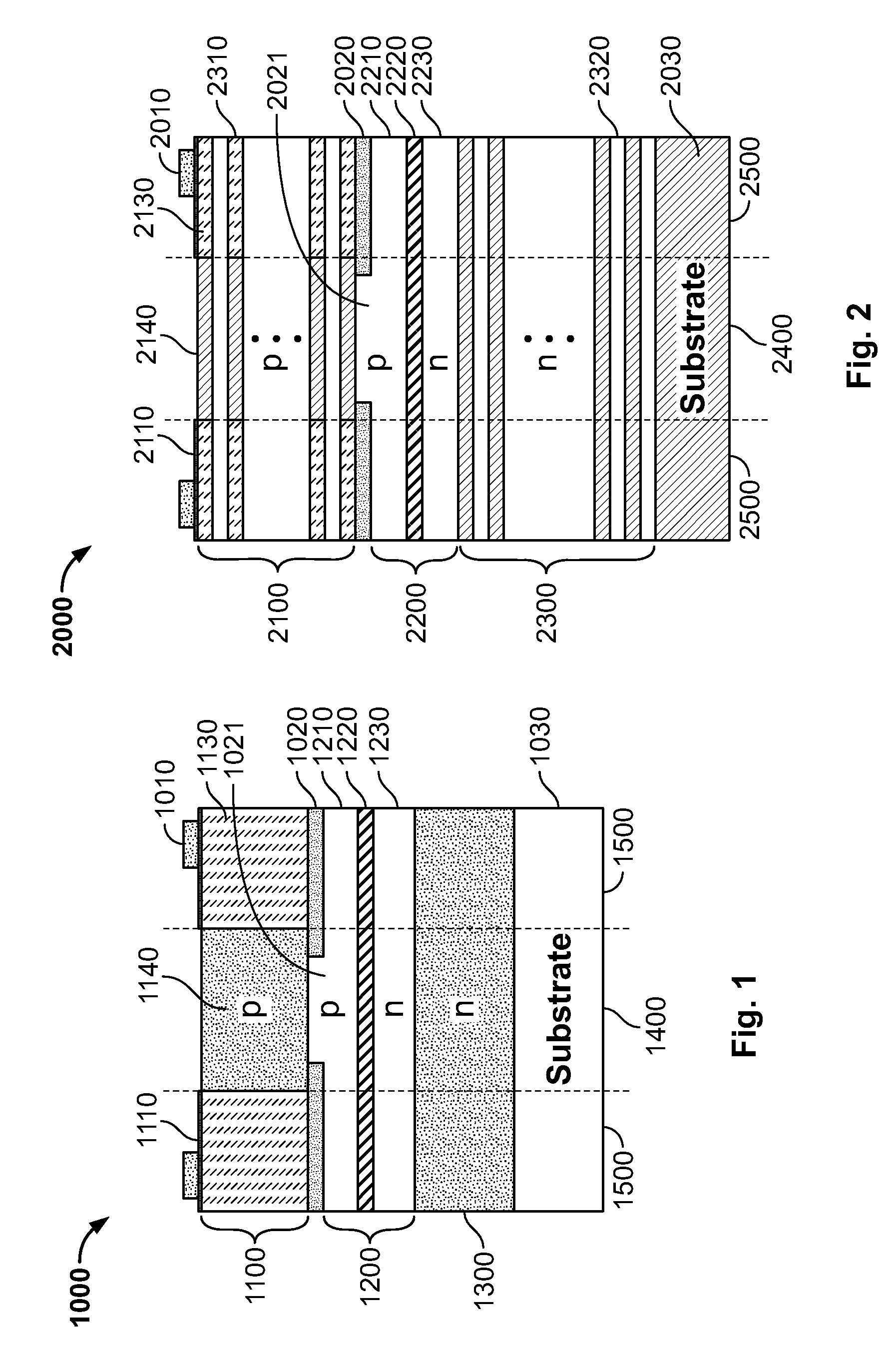High speed lasing device
a high-speed, lasing technology, applied in the direction of laser details, semiconductor lasers, electrical apparatus, etc., can solve the problem of limiting the increase of effective parasitic capacitance related to an oxide layer, and achieve the effect of reducing effective parasitic capacitance, simple and cost-effective manner, and faster and more reliable fiber optical communication systems
- Summary
- Abstract
- Description
- Claims
- Application Information
AI Technical Summary
Benefits of technology
Problems solved by technology
Method used
Image
Examples
Embodiment Construction
[0046]In the following description, for explanatory purposes, specific details are set forth in order to provide a thorough understanding thereof. However, it may be evident that the present invention can be practiced without these specific details. Furthermore, well known structures and devices are only described in a more general form in order to facilitate the description thereof.
[0047]In the following description the expressions “mirror” and “reflector” are used to indicate the stacks of semiconductor or dielectric layers defining the resonant cavity of the laser. Similarly the expressions “first mirror region” and “first reflector region” are used in the following with the same meaning; and the expressions “second mirror region” and “second reflector region” are used in the following with the same meaning. The expression “gain region” and “cavity spacer” indicate the semiconductor layers sandwiched between the reflectors of the lasing device.
[0048]The problem underlying the pre...
PUM
 Login to View More
Login to View More Abstract
Description
Claims
Application Information
 Login to View More
Login to View More - R&D
- Intellectual Property
- Life Sciences
- Materials
- Tech Scout
- Unparalleled Data Quality
- Higher Quality Content
- 60% Fewer Hallucinations
Browse by: Latest US Patents, China's latest patents, Technical Efficacy Thesaurus, Application Domain, Technology Topic, Popular Technical Reports.
© 2025 PatSnap. All rights reserved.Legal|Privacy policy|Modern Slavery Act Transparency Statement|Sitemap|About US| Contact US: help@patsnap.com



